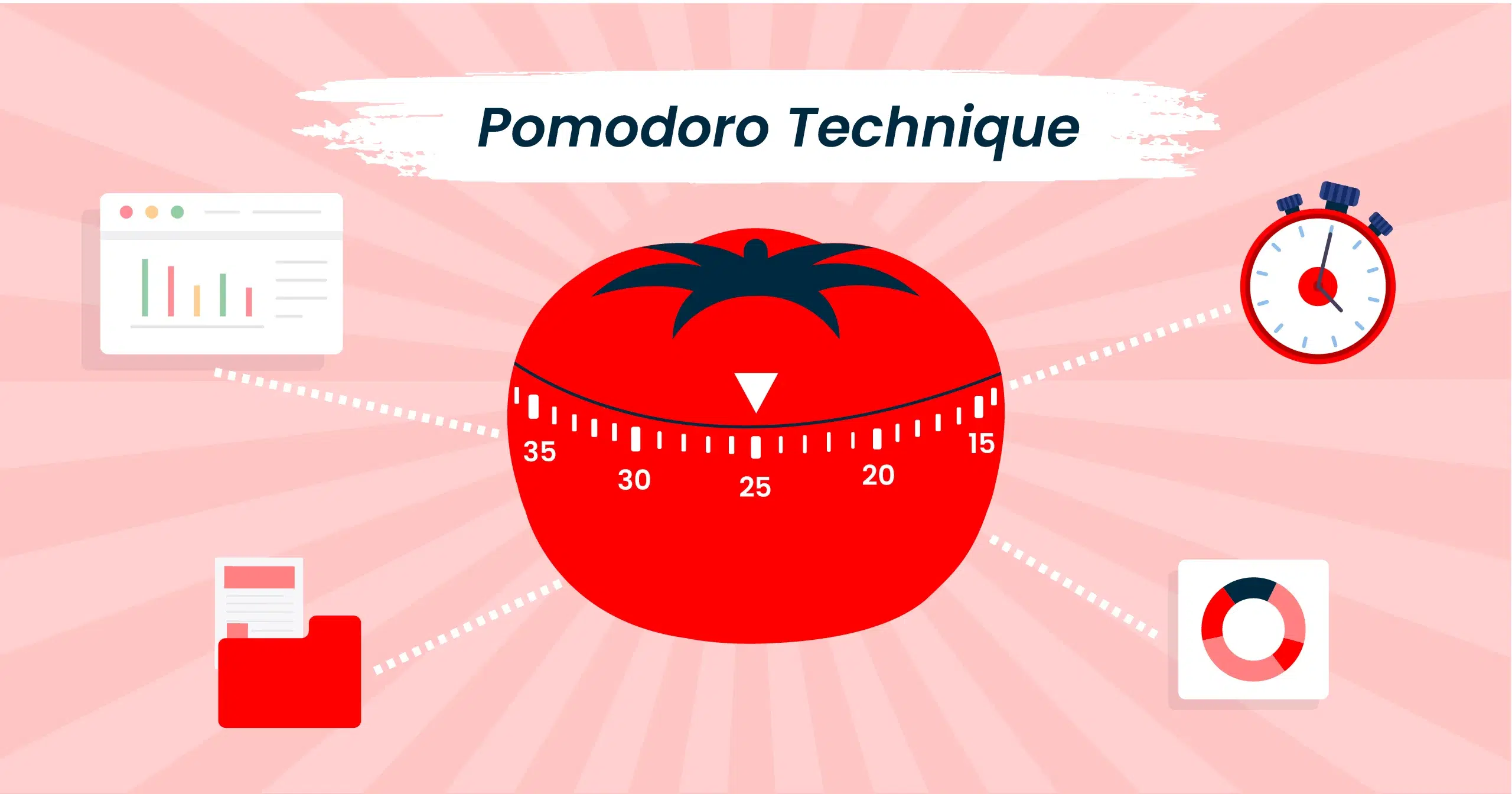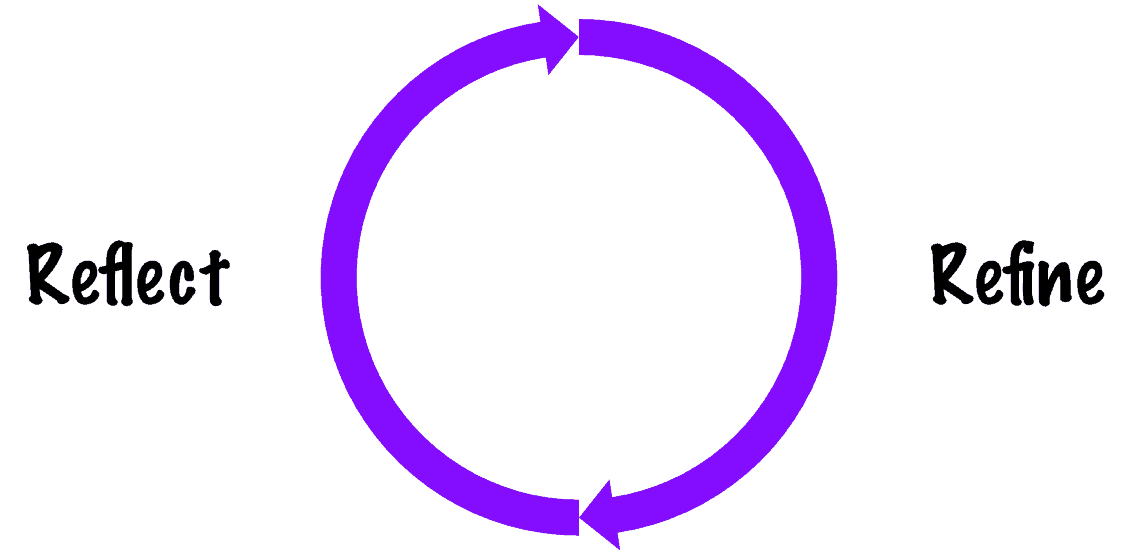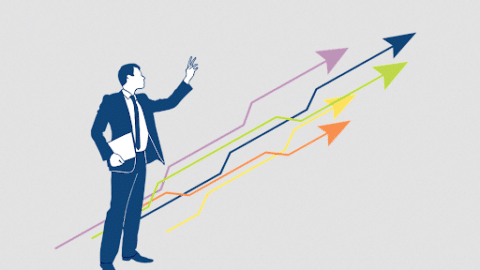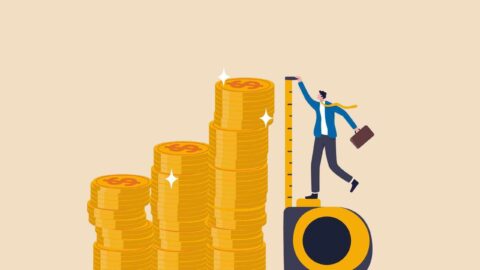10 Simple Hacks to Improve Productivity and Efficiency
In the age of rapid information flow and constantly evolving professional landscapes, the quest for optimal productivity is at the forefront of many minds. Everyone, from the diligent student to the seasoned entrepreneur, seeks ways to maximize output and ensure their time is used to its fullest potential. Yet, amidst this hustle and buzz, it’s easy to get lost, to feel overwhelmed by the sheer volume of tasks or to be pulled in countless directions by distractions. The modern individual doesn’t just need to work harder; they need to work smarter. Fortunately, the tools and techniques to achieve this are within reach. By introducing specific habits and strategies into daily routines, it’s possible to unlock higher levels of efficiency and navigate work and personal tasks with more purpose and clarity. Dive into these ten simple hacks to discover how to truly act for enhancing productivity and efficiency.
Table of Contents
-
Leverage Technology
Leveraging technology involves harnessing modern digital tools and software to augment, streamline, or innovate traditional tasks and processes. In today’s interconnected world, technology plays a pivotal role in almost every facet of life, from personal organization to large-scale operations in industries. By integrating technology, individuals and businesses can achieve greater efficiency, reduce manual errors, and access insights that might not be evident through manual methods.
For instance, productivity apps like Microsoft Project help manage tasks and projects, ensuring teams stay on track. Although, you have to consider that it is quite a complex app. If you want something easier, choose a Microsoft Project alternative from this article. Time-tracking software like RescueTime provides insights into one’s work habits, highlighting potential areas of improvement. Cloud platforms offer seamless collaboration across geographies, and AI-powered tools can analyze vast amounts of data in seconds, offering valuable business intelligence.
Effectively levraging technology requires an openness to adapt, a willingness to learn, and a strategic approach to integrating tools that align with specific goals. In doing so, one can unlock unprecedented levels of for enhancing productivity and efficiency.
-
Prioritize the Two-minute Rule
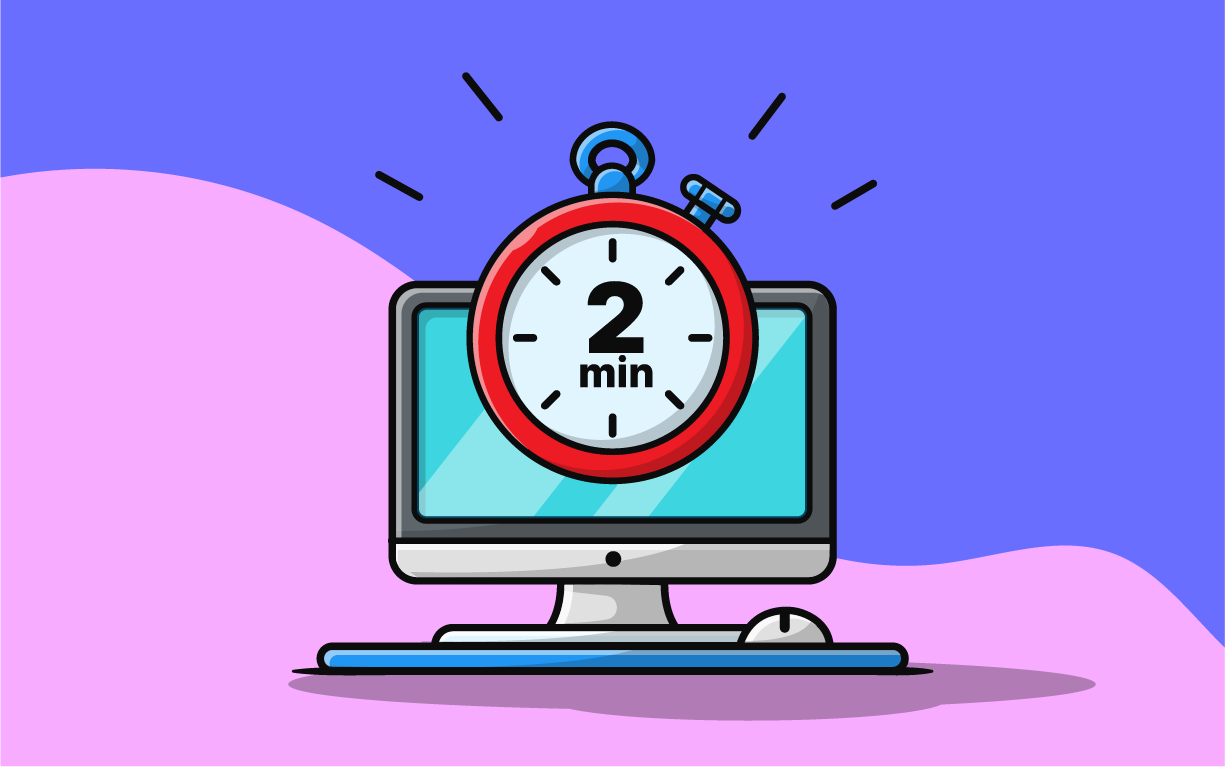
The Two-minute Rule, originating from David Allen’s “Getting Things Done” methodology, is a simple yet transformative principle designed to enhance efficiency in our day-to-day tasks. At its core, this rule suggests that if a task can be completed within two minutes or less. And it should be tackled immediately rather than postponed for later. The logic behind this is multi-fold.
First, tasks that require minimal time often take longer when they accumulate. Postponing several two-minute tasks can lead to an hour or more of catch-up work later on. By addressing them right away, we prevent the accumulation of these ‘micro-tasks’ that can otherwise become overwhelming.
Secondly, there’s a psychological benefit. Completing tasks, however small, gives a sense of achievement and momentum. By quickly clearing off tasks that take minimal time, we not only reduce our mental to-do list but also boost our confidence and motivation to tackle larger tasks.
Lastly, the act of postponing can sometimes take as much mental energy as doing the task itself. We expend energy remembering the task and mentally rescheduling it. In contrast, immediate action frees our mind and reduces the cognitive load, allowing us to concentrate on more complex responsibilities.
In essence, the Two-minute Rule is a habit-forming technique, guiding individuals to become more proactive and less reactive, ensuring that small tasks don’t snowball into larger, more daunting ones for enhancing productivity and efficiency.
-
Use the Pomodoro Technique
The Pomodoro Technique, developed by Francesco Cirillo in the late 1980s, is a time management method designed to enhance focus and productivity. It draws its name from the Italian word for “tomato”, inspired by the tomato-shaped kitchen timer Cirillo used during university to track his work intervals.
At the heart of this technique is the division of work into focused intervals, commonly 25 minutes long, known as “Pomodoros”. These intervals are interspersed with short breaks, typically 5 minutes. The idea is to maintain concentrated effort during the Pomodoro, then reward oneself with a brief respite. After completing four Pomodoros, a longer break, often 15-30 minutes, is recommended.
Several factors contribute to the effectiveness of this method. The defined work periods encourage a deep focus, reducing the impact of distractions and promoting immersion in the task at hand. The sense of a ticking clock can also instill a sense of urgency, driving individuals to make the most of their allotted time. Conversely, the mandated breaks offer a chance for the brain to rest, reducing cognitive fatigue and sustaining high levels of perfrmance throughout the day.
Furthermore, the structure provided by the Pomodoro Technique helps combat procrastination. Knowing that a break is just 25 minutes away makes daunting tasks seem more manageable, prompting individuals to begin instead of delaying. Over time, as one adapts to this rhythm, work periods may feel more natural and less strained. Hence, leading to an overall enhancement in productivity and the quality of work.
-
Declutter and Organize
Decluttering and organizing refers to the act of systematically sorting through personal or shared spaces to remove unnecessary items. And then arranging the remaining ones in a structured, logical manner. By decluttering, one rids their environment of excess materials that do not add value or function to their lives. This process often involves differentiating between what is essential and what’s redundant. Once this purge is accomplished, organizing takes center stage, where items are grouped based on their function or significance and stored in designated spaces. An organized space promotes ease in locating items. Thereby reducing wasted time and fostering more efficient task execution. Psychologically, a decluttered environment can have profound benefits. It often translates to reduced mental clutter, enabling better focus, improved mood, and heightened creativity. A neat and orderly space, free from the chaos of unnecessary items, can enhance clarity of thought, decision-making, and overall productivity.
-
Single-tasking Over Multitasking
Single-tasking, as the name implies, is the practice of dedicating one’s full attention to a single task at a time. In contrast, multitasking involves juggling multiple tasks simultaneously or switching rapidly between different activities. While multitasking may seem like a more efficient approach in theory, research suggests that it can reduce productivity by up to 40%. This is primarily because the human brain isn’t designed to handle multiple cognitive tasks at once. Each time we switch between tasks, there’s a cognitive “reset” cost, leading to lost time and focus.
Single-tasking promotes deep concentration, allowing individuals to fully immerse themselves in a task. Hence, leading to faster completion and higher quality of work. This focused approach minimizes errors, boosts efficiency. And often results in a deeper understanding or mastery of the work at hand. Additionally, single-tasking can reduce feelings of stress and overwhelm, providing a clearer mental state and more satisfying work experience. Adopting a single-tasking mindset in a multitasking world can thus be a strategic move for enhanced productivity and mental well-being.
-
Set Specific Goals
Setting specific goals involves clearly defining what you intend to achieve within a given timeframe, rather than settling for vague or generalized objectives. The importance of specificity in goal-setting lies in its ability to provide direction and clarity. For instance, instead of stating “I want to get fit,” a more specific goal would be “I aim to run 5 kilometers in under 30 minutes within the next three months.”
Such precision in goal formulation has multiple benefits for efficiency. Firstly, it offers a clear benchmark for success, allowing for measurable progress. Knowing exactly what you’re working towards can heighten motivation and drive. Secondly, specific goals can help prioritize actions and resources. They direct focus towards relevant activities, minimizing distractions or efforts that don’t contribute to the desired outcome. Lastly, specificity allows for better planning and strategizing, facilitating the breakdown of the overall goal into actionable steps or milestones. Overall, setting specific goals lays a robust foundation for purpose-driven actions and measurable achievements.
-
Take Regular Breaks
Taking regular breaks is the intentional act of pausing work or study to rest and rejuvenate. It’s based on the understanding that sustained periods of focus can lead to diminishing returns in productivity and increased cognitive fatigue. By inserting deliberate pauses into one’s routine, one can maintain a more consistent level of performance and reduce the risk of burnout.
Scientifically, breaks can help reset the brain, allowing it to process information, consolidate memories, and prepare for the next bout of intensive work. Mentally stepping away, even briefly, can also spur creativity, providing fresh perspectives upon return.
Physiologically, breaks, especially ones involving movement, counteract the negative effects of prolonged sitting or screen time. A short walk, for instance, can improve circulation, reduce eye strain, and help in posture realignment.
Regular breaks thus serve a dual role: they enhance cognitive function, ensuring work quality remains high. And they contribute to overall well-being, safeguarding against physical and mental strain.
-
Limit Distractions
Limiting distractions entails proactively identifying and mitigating factors that divert attention away from the task at hand. In our hyper-connected world, distractions are ubiquitous. Such as ranging from smartphone notifications to background noise, making focused work increasingly challenging. Addressing these distractions is crucial for maintaining productivity and ensuring task quality.
For many, digital distractions pose the greatest challenge for enhancing productivity and efficiency. Social media, emails, and instant messaging can fragment concentration. Solutions may include placing phones on airplane mode, using apps like “Forest” which deter frequent phone checking, or employing browser extensions that block distracting websites.
Physical environment also plays a role. Creating a dedicated workspace, using noise-cancelling headphones, or informing cohabitants about one’s work hours can help.
Lastly, internal distractions, like intrusive thoughts or looming tasks, can be managed by techniques like mindfulness meditation or jotting down concerns to address later. By actively limiting distractions, individuals can reclaim focus, ensuring more effective and efficient work.
-
Batch Similar Tasks
Batching similar tasks refers to the method of grouping and executing alike activities consecutively. Rather than scattering them throughout the day or week. This technique optimizes productivity by reducing the cognitive load associated with shifting gears between different types of tasks, a phenomenon known as “context switching.” Each switch demands mental recalibration, consuming time and energy.
For instance, consider email. Instead of addressing emails sporadcally throughout the day, one might designate specific blocks of time in the morning and afternoon solely for this purpose. Similarly, tasks like making phone calls, processing invoices, or creating graphics can be batched together.
The benefits of this approach are manifold. It fosters deeper concentration, enabling one to enter a “flow” state wherein tasks are tackled more efficiently. It also allows for the setup of tools or resources best suited for that batch of tasks. Hence, minimizing repeated setups or adjustments. Over time, batching can lead to a more organized work rhythm, maximizing productivity, and reducing feelings of fragmentation and overwhelm.
-
Reflect and Refine
“Reflect and refine” embodies the continuous improvement ethos by emphasizing introspection and iterative betterment. After undertaking any activity or project, it’s beneficial to pause and evaluate its outcomes. Reflection involves assessing what worked well. What challenges emerged, and what lessons can be drawn. It’s about asking questions like, “Did I meet my goals?”, “What hindered progress?”, or “How did this make me feel?”
Refinement follows reflection. Using insights gained, one tweaks methods, approaches, or strategies for better outcomes in subsequent efforts. For instance, if a project missed its deadline due to frequent interruptions, a refinement might involve setting clearer boundaries or adjusting work hours.
This cyclical process ensures that experiences, even suboptimal ones, become learning opportunities. Over time, the practice of reflection and refinement fosters growth, adaptability, and excellence, pushing individuals and organizations closer to their potential.
How can team efficiency and productivity be improved?
Team efficiency and productivity can be improved by fostering effective communication and collaboration, setting clear goals and expectations, providing necessary resources and support, promoting a positive work culture, encouraging skill development, and implementing efficient workflows and processes.
How can I work more effectively and efficiently?
In conclusion, enhancing productivity and efficiency isn’t about mindlessly cramming more tasks into one’s day. Instead, it’s about adopting intelligent strategies and habits that maximize output and reduce unnecessary strain. By leveraging technology, setting specific goals, single-tasking, and ensuring regular self-evaluation, individuals can craft a daily routine that not only gets more done. But also feels more fulfilling and less stressful. The hacks listed above are starting points. The real magic lies in personalizing these suggestions based on one’s unique challenges and goals. As with any journey towards improvement, patience, consistency, and an openness to adapt are key. So, as you venture to make the most of your days, remember that the path to peak productivity is a marathon, not a sprint. Continuously learn, adapt, and refine.

David is a dynamic, analytical, solutions-focused bilingual Financial Professional, highly regarded for devising and implementing actionable plans resulting in measurable improvements to customer acquisition and retention, revenue generation, forecasting, and new business development.


